
EDITORIAL
03-07-2021 by Freddie del Curatolo
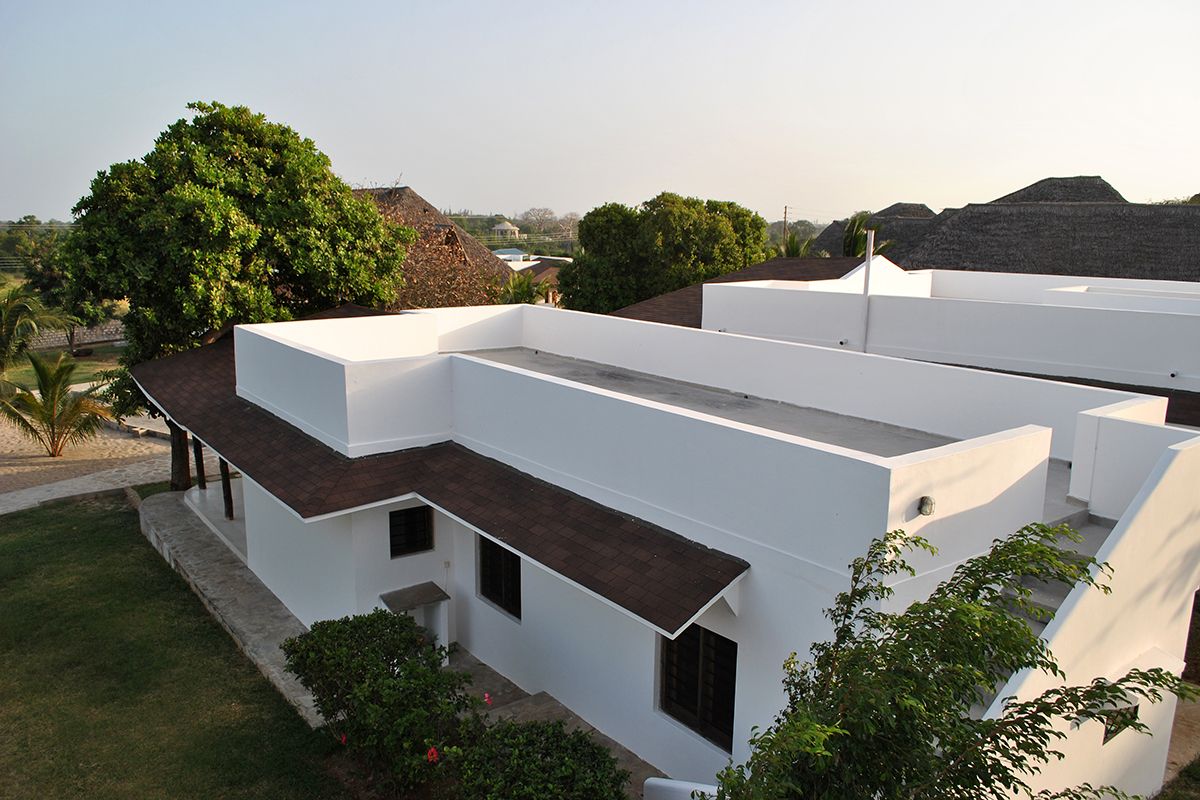
In 2007, between Malindi, Watamu and Mambrui, there were more than twelve thousand homes owned by Italians. Making an official estimate of this kind in Kenya has always been more or less like finding tomatoes every day at the same price per kilo.
This is due to the fact that many villas, flats and cottages have never been declared to the tax authorities, neither Italian nor Kenyan, and others, although our compatriots believe they own them, belong to others.
At the request of an Italian newspaper with which I was working at the time, in what were considered the golden years of imported real estate, I tried to make the most plausible 'count' possible. Going around, asking for information, cataloguing, investigating even. In the meantime I discovered interesting and curious things that I still prefer to keep to myself.
However, how many are left 14 years later?
According to another, even less official estimate, they should be less than half today, but probably even less if you calculate that in Malindi one out of every four villas has since been sold to non-Italians.
Yet in recent years tourism has changed in a direction that should have favoured so-called "residential tourism" or "cobbler holidays".
The policy of the resorts has changed, the number of residences and the possibility of buying two-room apartments at affordable prices have increased.
Why were the "golden houses" of the Italian eighties and nineties sold off?
Firstly, because they were really designed for nabobs who seemed to be able (or should?) to spend capital that was better taken abroad, and even more so in a country where (at the time) there was no extradition or bilateral tax agreements.
So even a couple with an only child, on a 10,000 square metre plot of land, had a tropical palace designed by architects who were almost always without a degree and surveyors without a diploma but experts in wheelbarrows made in Mombasa and cement from Athi River.
Two floors plus the attic, seven bedrooms with relative bathrooms, a comfort bathroom on each floor plus one for the house staff, two large verandas plus another three on each side of the house where the rooms could be accessed independently, while the suites on the first floor with two more balcony verandas. Kitchen, storeroom, study, massage room, relaxation area in the garden with gazebo, huge swimming pool with bridge and Jacuzzi with rooms for generator and water pump and a large well. Lastly, an equatorial garden for a walk in which, during the excursion among the baobabs and frangipani trees, one discovered a small annexe with two more rooms and two bathrooms, the staff house, the garage and, hidden by a centuries-old ficus tree, an authentic gypsy village with mud huts, a vegetable garden and old women cooking polenta.
Today, at best, these papal residences (also in the Berlusconian sense of the term) have been transformed into bed & breakfasts or are home to families from Nairobi who, with their families and relatives, cannot all fit in and have been forced to tear down the Giriama village and build a block of 22 flats.
Clearly there were not only types of residences of such opulence, Italian Kenya welcomed every social and economic bracket. When it comes to the 'black', we have never been a racist people and we have always willingly knelt in the presence of bargains to be had.
Moreover, in the case of Kenya, a flight of only eight hours and... GO! With 30,000 euro you already own a small house by the sea! Imagine with 60... the same house but sold by a good intermediary.
But there are also Italians who are smarter than others, those who don't let themselves be cheated. Rather than risk meeting the best intermediary on their dirt road, they built their dream house themselves! In the end, they spent 200,000 euros on materials, renovations, personnel, bureaucracy, and various other things, adding another 100,000 euros for furnishings.
And yet, as the natives teach us, four walls, even thin ones, and a roof of dry palm leaves would be enough to live here.
If we go to the immediate hinterland, in every village of mud huts, we always find at least one small cement house with these characteristics: simplicity of form, economy of materials and a large veranda.
What do you want to invent, anyway, with the current climate?
All you need to do to keep a bit of air in the house is to put the windows on the same axis, make the roof quite high and don't use false ceilings, and at the very most pull very thin fishing line under the makuti roof to prevent bats or snakes from falling on it.
This is how the British built their houses.
All the cottages looked alike.
The large verandas were also used as living rooms, closed with iron gates that had to be padlocked to prevent intrusion.
The kitchen always had an anteroom in the back and the bedrooms disappeared into a "night" section, remaining closed until evening and protected from mosquitoes.
What's more, their houses were immersed in the nature of the land that housed them.
Never remove a baobab tree, saw a palm tree, lay down an acacia tree or transplant a flamboyant.
We Italians, on the other hand, are not satisfied with a simple dwelling; we have to add a touch of inventiveness, with the healthy presumption of "I made this myself!
This is exactly what has given rise in the past, thanks to the many developers who grew up in the school of those who cemented Italy, to condominiums in the style of Marina di Cecina or Lido di Jesolo, Bollywood-style villas (because it's one thing to have an idea in your head, but another to rely on an Indian designer...) or imitations of Porto Cervo that may become Porto Kudu, but still have horns. But in the meantime, under the bridges of Kilifi and Sabaki, how much life has passed and how much fun we have had, among wrong foundations, columns raised and lowered in the time of a prolonged Tuscan profanity, leaking swimming pools and carpenters, plumbers and electricians who won a lottery.
What would the history of Italians in Kenya be without construction?
REAL ESTATE
by redazione
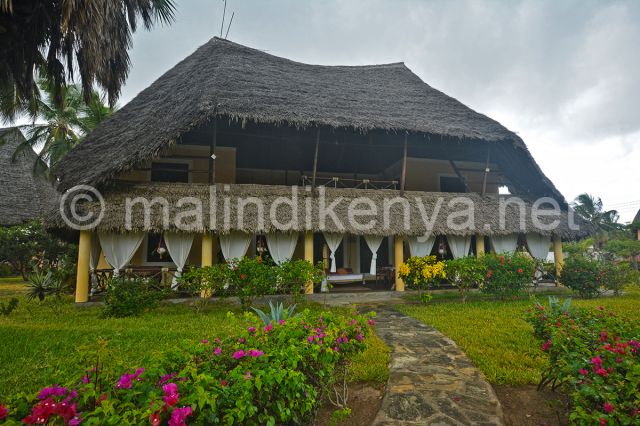
A splendid real estate opportunity in the peace and security of Mambrui, only a few metres from the...
EDITORIAL
by Freddie del Curatolo
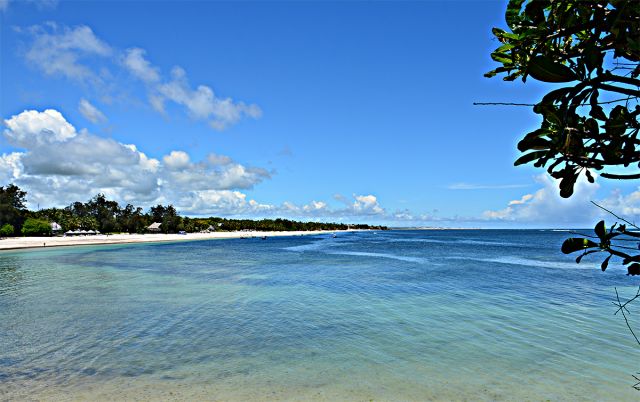
There is optimism on the part of Italians who are planning to travel to Kenya for the winter vacations...
BUSINESS
by redazione
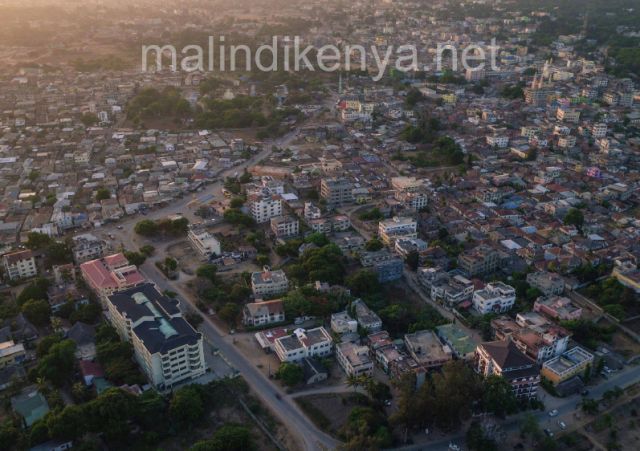
Leading Real Estate agencies in Nairobi have ranked Malindi second overall, after Nanyuki, for...
ENVIRONMENT
by redazione

It 'a story that is repeated every year: the international day of cleaning the beaches, to which Malindi participates thanks to the organization of the Kenya Wildlife Service at the headquarters of the Marine Park, participating in many students, many...
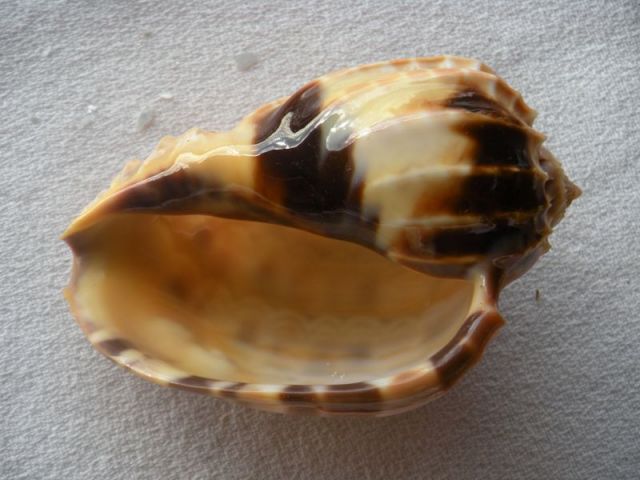
Shells in Kenyan homes: just a receipt of the shopkeeper or stall (with stamp or reliable data seller) and there will be problems.
Another step forward for the proper holding of shells into the houses of Malindi.
POLITICS
by Freddie del Curatolo
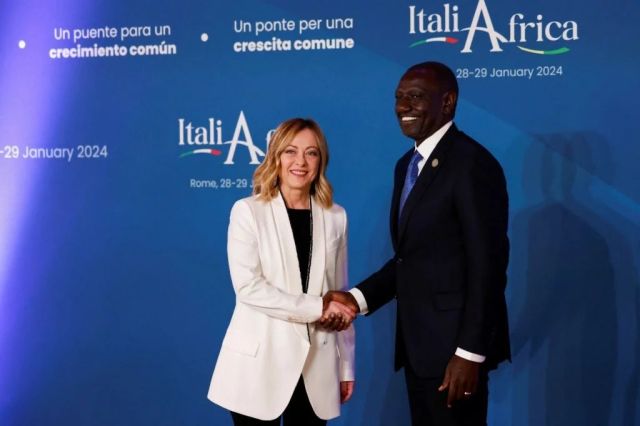
Kenyan President William Ruto concluded his visit to Italy, where in addition to the Italy-Africa summit he...
EVENTS
by redazione

The summer holiday season for Kenyans and other African tourists is just around the corner, just...
MOURNE
by Freddie del Curatolo

NEWS
by Freddie del Curatolo
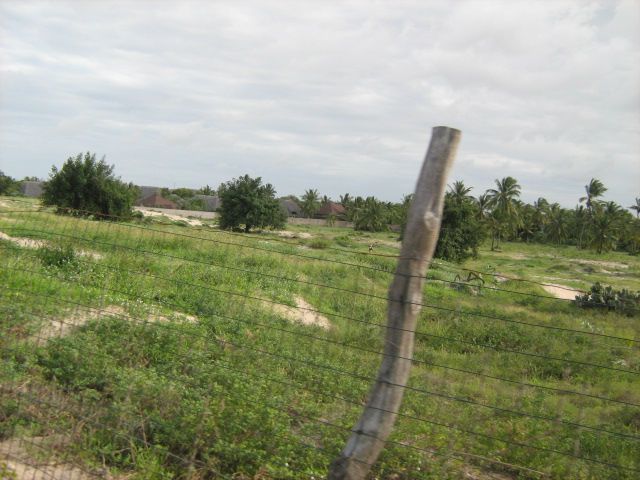
I elect Kenya as my second home.
For now, at least. Then, seeing how the situation in Italy is going, you...
CHANGE OF DIRECTION
by redazione
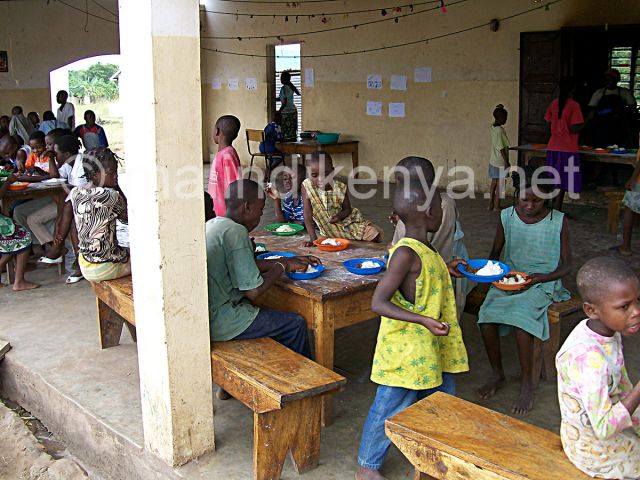
In a move announced by the Minister of Labor and Social Protection, Florence Bore, the...